Most of us use a toothbrush every day—sometimes twice or even three times—yet rarely stop to think about how long it should actually stay in our bathroom. While it may look clean at a glance, a toothbrush undergoes constant wear, bacterial exposure, and structural breakdown that can affect its ability to keep your teeth and gums healthy. So how often should you really replace it? The answer is more crucial to your oral health than many realize.
This article explores bacterial buildup, mechanical wear and tear, the influence of bristle type, and how lifestyle factors play a role in toothbrush longevity. By the end, you’ll understand not just when to replace your toothbrush, but why it matters for maintaining a healthy, disease-free mouth.
1. The Hidden World on Your Toothbrush: Bacterial Accumulation
Even though a toothbrush’s purpose is to fight bacteria, it can also become a breeding ground for them. This might sound uncomfortable, but it’s a natural consequence of the environment in which it operates.
1.1 A Moist, Warm Habitat
After brushing, your toothbrush remains damp for hours—an ideal condition for bacteria, mold, and microorganisms to thrive. Bathrooms often have high humidity, further accelerating microbial growth.
1.2 Transfer From the Mouth
The human mouth contains over 700 types of bacteria. Each brushing session transfers some of these onto the bristles. While not all microbes are harmful, many can cause:
- Gingivitis
- Periodontal disease
- Cavities
1.3 Environmental Contamination
If your toothbrush is stored uncovered or too close to the toilet, it may accumulate airborne bacteria or particles from flushing. Even though the risk is small, it contributes to contamination over time.
1.4 Illness and Reinfection
If you’re sick—especially with colds, flu, or viral infections—bacteria and viruses can linger on the bristles. Continued use increases the chance of reintroducing pathogens into your system. This is why experts often advise replacing your toothbrush after illness.
In short: bacteria accumulate every day, and the longer you keep a toothbrush, the less sanitary it becomes.
2. The Mechanical Reality: Wear and Tear of Bristles
A toothbrush is not just a tool—it’s a piece of equipment that degrades with each use. Even if it looks fine from a distance, the micro-damage tells a different story.
2.1 Fraying and Splaying
Over time, bristles bend, soften, and lose their original shape. Once splayed, they:
- Remove less plaque
- Fail to reach tight crevices
- Cause uneven pressure on the gums
In fact, clinical studies show that worn bristles are significantly less effective at removing plaque—even if brushing technique and duration remain the same.
2.2 Loss of Firmness
As bristles weaken, they no longer scrub effectively. This translates directly into reduced cleaning power and increased risk of gum inflammation.
2.3 Handle and Head Deterioration
Plastic fatigue may occur, especially in cheaper brushes. While less common, cracks or rough edges can irritate the mouth or harbor bacteria.
2.4 Electric Brush Heads Wear Faster
Because electric brushes vibrate or rotate at high speed, their bristles deteriorate faster than manual brushes—often needing more frequent replacement.
3. Standard Recommendations: The 3-Month Rule
Most dental professionals recommend replacing your toothbrush every 3 months. This number isn’t arbitrary; it’s based on extensive research regarding bristle integrity and bacterial growth.
However, depending on certain factors, you may need to replace yours sooner.
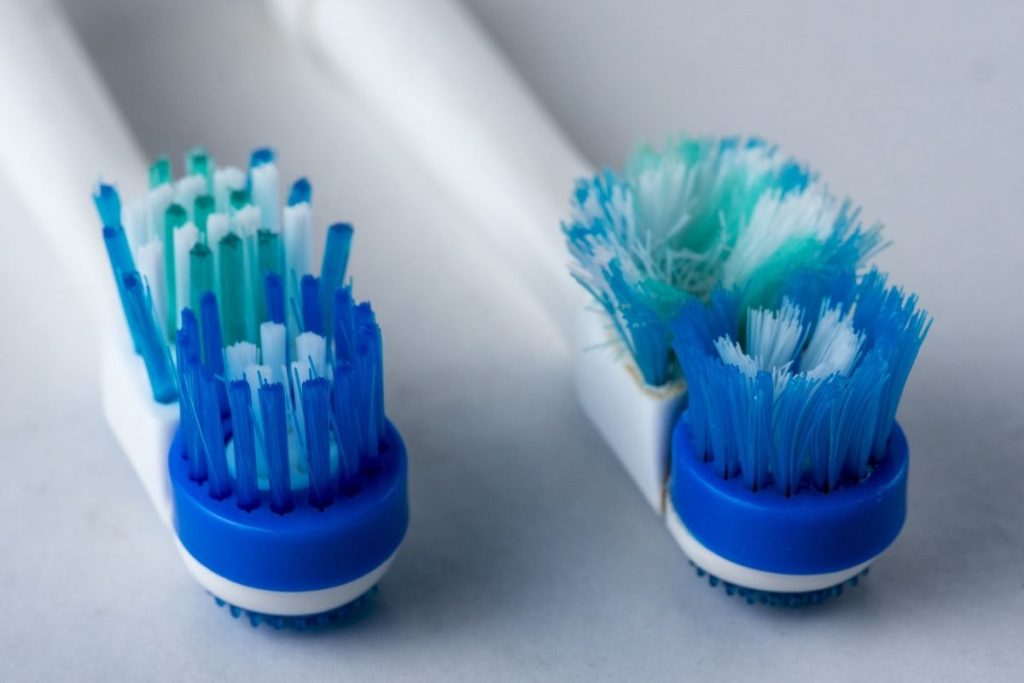
4. When You Should Replace Your Toothbrush More Often
4.1 If the Bristles Are Visibly Worn
If they look frayed, curved outward, or uneven—even a little—your toothbrush is no longer effective.
4.2 After You’ve Been Sick
For flu, colds, throat infections, or viral illnesses, replace your toothbrush as soon as you recover.
4.3 If It Touches Unclean Surfaces
Accidentally dropping it:
- On the floor
- In the sink
- In a bag without protection
means it’s time to toss it.
4.4 If Multiple People Store Their Brushes Together
When toothbrush heads touch, cross-contamination increases.
4.5 If You Brush More Frequently
If you brush three or four times a day, bristles degrade faster.
4.6 If You’re Using an Electric Toothbrush
Electric brush heads often need replacing every 6–10 weeks.
5. Does Bristle Type Matter? Yes—And Here’s How
The type of bristles you use affects their lifespan and performance.
5.1 Soft Bristles
The most recommended by dentists, soft bristles effectively remove plaque without damaging enamel.
However, because they’re more flexible, they may wear faster.
5.2 Medium Bristles
More durable, but they can cause:
- Gum recession
- Enamel erosion
if used with too much pressure.
Replacement frequency remains similar to soft bristles.
5.3 Hard Bristles
Rarely recommended. They last longer, but the damage they cause to enamel and gums outweighs their durability.
5.4 Tapered vs. Standard Bristles
Tapered bristles penetrate better between teeth but may fray faster.
5.5 Nylon vs. Plant-Based Bristles
Plant-based bristles (like those on bamboo toothbrushes) can soften more quickly and may accumulate moisture faster.
6. Proper Care to Extend Toothbrush Life—Without Compromising Hygiene
Although replacement is inevitable, smart habits can help you keep your toothbrush cleaner and safer.
6.1 Rinse Thoroughly
Remove food particles and toothpaste debris after every use.
6.2 Store Upright
Allow air-drying. Avoid closed containers unless traveling.
6.3 Keep Brushes Separate
Prevent cross-contact with family members’ toothbrushes.
6.4 Avoid Harsh Disinfection Methods
Boiling, microwaving, or bleach soaking can damage bristles or release harmful chemicals. These are unnecessary and not recommended.
6.5 Travel Smart
Use a ventilated case—not a fully sealed one—and let your toothbrush dry as soon as you arrive.
7. Knowing the Signs: When It’s Definitely Time to Replace
You should replace your toothbrush—even before 3 months—if you notice:
- Frayed or bent bristles
- Discoloration or residue build-up
- Mold or unusual odor
- Pain when brushing (a sign of damaged bristles)
- Reduced cleaning efficiency
- Loose bristle clusters
- A recent illness
Trust your eyes and experience—if something feels off, it’s better to replace it.
8. Why Replacing Your Toothbrush Matters More Than You Think
A worn or contaminated toothbrush can lead to:
- Ineffective plaque removal
- Higher gum disease risk
- Increased cavity formation
- Bad breath
- Greater bacterial load in the mouth
- Oral infections for those with weak immunity
Replacing your toothbrush regularly is one of the cheapest and most effective ways to protect your oral health.
9. The Bottom Line
So, how often should you really replace your toothbrush?
The safest and most effective answer is:
Every 3 months—sooner if there is visible wear or after illness.
This simple habit helps maintain a clean, healthy mouth and significantly improves your overall oral hygiene. With bacteria constantly accumulating and bristles weakening over time, sticking to a replacement schedule is essential.
A fresh toothbrush does more than just clean better—it protects your smile.

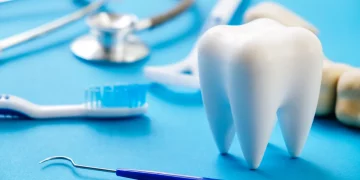



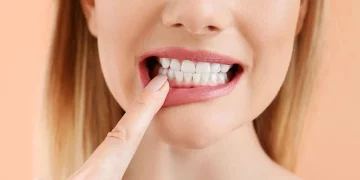
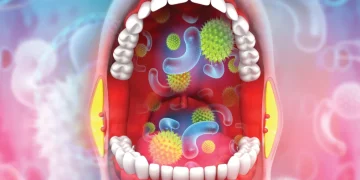
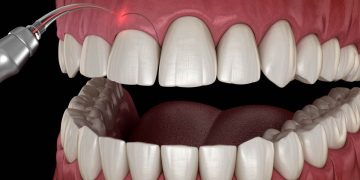
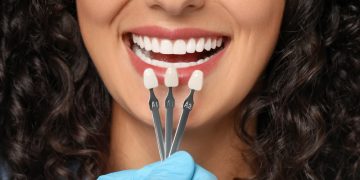
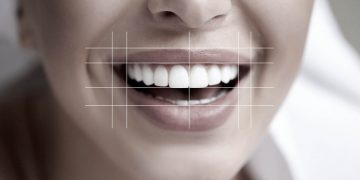
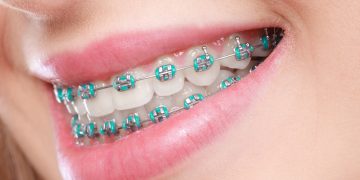
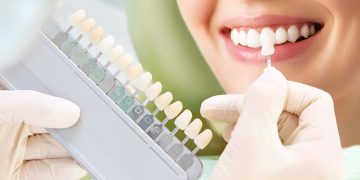
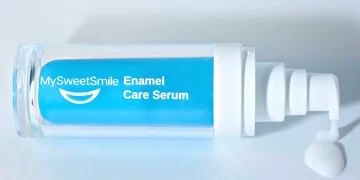


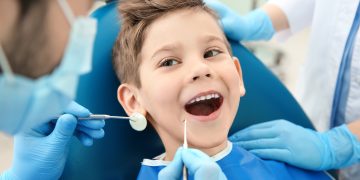













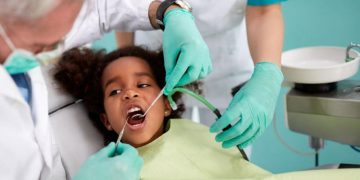
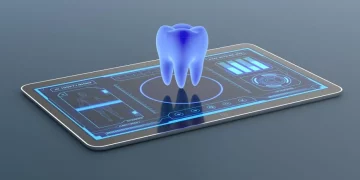













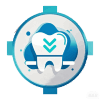
Discussion about this post